In the heart of Africa’s diverse landscapes, nature has sculpted magnificent giants that beckon explorers with tales of adventure and ecological marvels.
Each one is a chapter in the continent’s story, offering breath-taking vistas and a glimpse into the rich tapestry of life that thrives in their shadow. These are 10 of the biggest mountains in Africa:
Read also: African fashion: The unique tapestry of heritage and creativity
1. Mount Kilimanjaro
Mount Kilimanjaro is an iconic African peak that captures the imagination of adventurers and nature enthusiasts alike. This majestic mountain stands as the continent’s tallest, its snow-capped summit casting a spellbinding silhouette against the African sky. Located in Tanzania, Kilimanjaro boasts diverse ecosystems, from lush rainforests to barren alpine deserts, offering trekkers a journey through multiple climatic zones. Its allure extends beyond climbers, as it is a source of inspiration and pride for the people of Tanzania and all those who gaze upon its imposing heights.
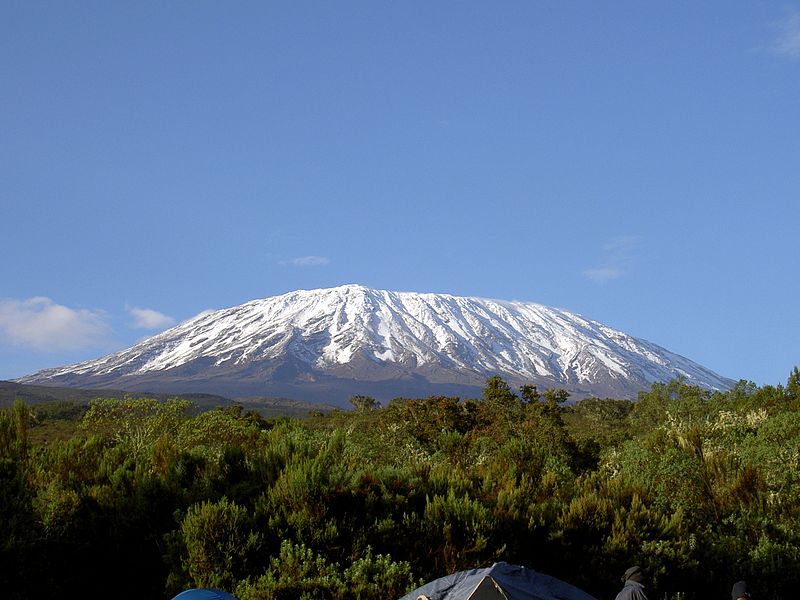
2. Mount Kenya
Mount Kenya, Africa’s second-highest peak, is a testament to the continent’s natural wonders. Located in Kenya, this mountain stands as a formidable challenge for climbers and an inspiration for all who behold it. Its rugged slopes are adorned with glaciers, valleys, and lush bamboo forests, creating a diverse and captivating environment. Mount Kenya’s iconic peaks, Batian and Nelion, have lured adventurers for centuries, inviting them to conquer its heights and explore its unique ecosystems. The mountain is not merely a geographical marvel; it represents the indomitable spirit of exploration and the rich tapestry of Africa’s natural beauty, making it a cherished icon of the region.
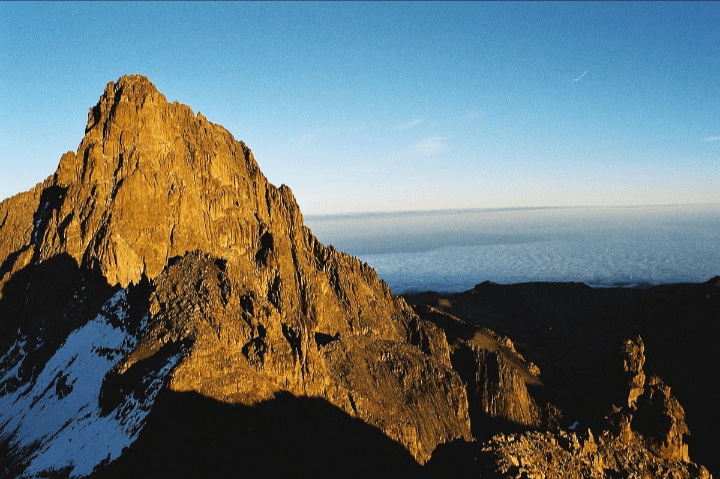
3. Margherita Peak
Margherita Peak claims the title of the highest peak in the Rwenzori Mountains. It lies along the border between Uganda and the Democratic Republic of Congo. It stands at an impressive height of 5,109 meters (16,763 feet) above sea level, making it one of the tallest mountains in Africa.
Read also: Serena and Venus Williams make history as the first women to own an NFL team
Named after Queen Margherita of Italy, Margherita Peak is a challenging destination for mountaineers and adventurers. The Rwenzori Mountains feature unique and diverse ecosystems, including glaciers, alpine meadows, and rainforests.
The ascent to Margherita Peak involves navigating through rugged terrain and glacier crossings, offering breath-taking views of the surrounding landscape.

4. Mount Speke
Mount Speke, situated in Uganda, is a prominent mountain in East Africa known for its stunning landscapes and challenging climbs. It is named after John Hanning Speke, the British explorer who discovered Lake Victoria, the largest lake in Africa. It stands at an impressive elevation of 4,890 meters (16,043 feet) above sea level, making it one of the tallest peaks in the Rwenzori Mountains.
Climbing Mount Speke is a rewarding experience for adventurers, offering a combination of rugged terrain and breath-taking vistas.
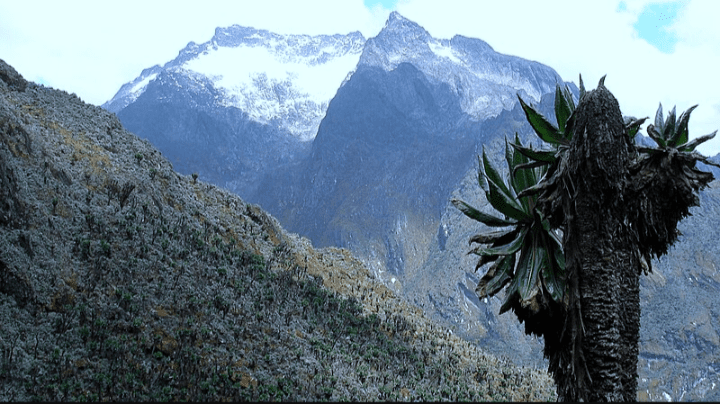
5. Mount Baker
Mount Baker is located in the Rwenzori Mountains, which straddle the border between Uganda and the Democratic Republic of Congo. It stands at an impressive elevation of 4,844 meters (15,892 feet) above sea level, making it one of the towering peaks in the region.
Like its neighbouring peaks in the Rwenzori Mountains, Mount Baker offers a challenging and rewarding experience for mountaineers and trekkers. Its rugged terrain includes glacier-covered slopes, alpine meadows, and lush rainforests. Mount Baker’s natural beauty, combined with its remote and pristine environment, makes it a must-visit destination for those seeking adventure.

6. Mount Emin
Mount Emin, located in Uganda, is a prominent mountain in East Africa known for its challenging terrain and spectacular views. It stands at an elevation of 4,798 meters (15,741 feet) above sea level, making it one of the significant peaks in the Rwenzori Mountains.
Emin offers a unique blend of landscapes, including glaciers, alpine meadows, and dense rainforests. The mountain’s rugged slopes and remote wilderness make it a favorite destination for trekkers and mountaineers seeking adventure and beauty.
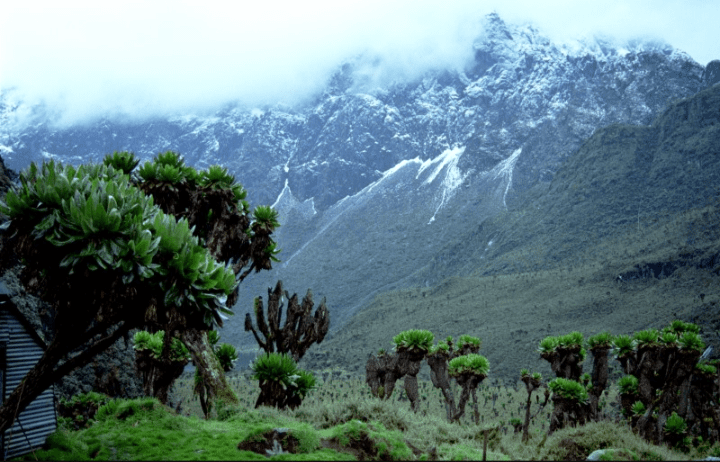
7. Simien Mountains
The Simien Mountains, nestled in the heart of Ethiopia, are a haven of ecological diversity and breathtaking beauty. As one of Africa’s most biodiverse regions, the Simien Mountains are home to rare and endangered species, including the charismatic Ethiopian wolf and the Walia ibex. Beyond its ecological significance, the Simien Mountains hold cultural and historical importance, as they have been inhabited by various indigenous communities for centuries.

8. Rwenzori Mountains
The Rwenzori Mountains, shrouded in mist and myth, cradle one of Africa’s hidden treasures – Mount Stanley, the continent’s third-highest peak. Nestled between Uganda and the Democratic Republic of Congo, this range captivates with its enigmatic allure. Steeped in biodiversity, the Rwenzori Mountains showcase a wealth of unique and endemic species within their lush forests and alpine terrain. Towering cliffs, glacial valleys and pristine lakes are woven into the tapestry of this remarkable landscape. Beyond its natural splendor, the Rwenzori Mountains are a testament to the resilience of local communities who have called these heights home for generations, adding depth to the story of this captivating African wonder.
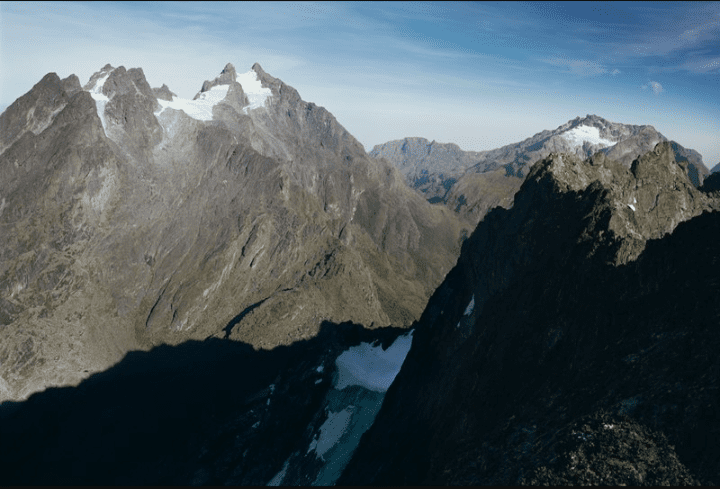
These towering sentinels rise majestically, challenging the human spirit to reach for new heights. They stand as symbols of nature’s artistry and untamed beauty.


